Delays in Drought Response Push East Africa Toward Another Food Crisis
Despite early-warning systems, the world lacks urgency in heading off slow-moving disasters.
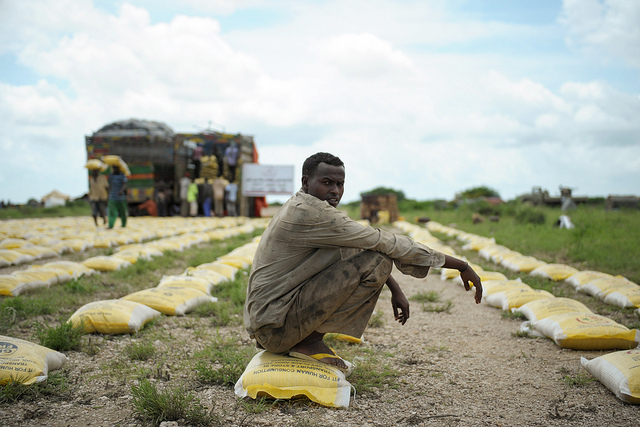
By Codi Kozacek
Circle of Blue
The international community’s failure to respond quickly to early warnings of drought and food insecurity in 2011 led to the first famine of the 21st century, which devastated the Horn of Africa and killed 260,000 people. Three years later, Somalia is showing similar signs of an impending food crisis, and aid organizations are urging action before it is too late.
Somalia’s springtime rains were less than half of the five-year average in some regions, making water and pasture unavailable to adequately support the livestock that many families depend on for their livelihoods. Water prices reached record highs in July, while food prices have not declined following this year’s spring and summer harvests.
–Geno Teofilo, spokesperson
Oxfam
While rains this winter are expected to be average or above, a lack of food is expected to persist through the first quarter of 2015, according to the Famine Early Warning System Network (FEWSNET), a program created by the U.S. Agency for International Development (USAID) that closely tracks food security around the globe. Meanwhile, conflict continues to displace communities and limit access to humanitarian aid organizations. In some areas, flash floods have further eroded food security.
The United Nations Food and Agriculture Organization (FAO) appealed for $US 49 million on October 31 to provide food assistance to those in need, reporting that more than 1 million people are in “urgent need of assistance.” That figure is up 20 percent in the last six months. A further 2 million people face food insecurity. Donors have met just 35 percent of the total $US 933 million aid appeal for Somalia in 2014. Similarly, only 44 percent of the $US 50 million that aid agencies have asked for to prevent hunger and malnutrition in Africa’s Sahel region — another hotspot for chronic drought and food insecurity — has been funded.
“Response and funding for Somalia has been less than hoped for, and last month the number of Somalis in need of food aid has again risen to more than 1 million people,” said Geno Teofilo, a Nairobi-based spokesperson for the international aid organization Oxfam, in an email to Circle of Blue. “More must be done, to prevent the current crisis from becoming a catastrophe.”
The tepid response is illustrative of an unfortunate truth in the world of humanitarian aid — slow-moving disasters rarely get enough attention until conditions have reached critical stages. It is also reflective of the world’s general reluctance to move proactively to stop social and environmental crises of all stripes that take months, years, and decades to unfold.
For example, Sao Paulo, the ninth-largest city in the world, is seriously facing running out of water if its year-long drought fails to break soon. California, too, was caught off guard by a severe, three-year drought. In the Great Lakes region, the water supply for 500,000 people was poisoned by toxic algae despite decades of research warning about worsening pollution. And last week, an international panel of scientists admonished the world for delaying action on the most pressing environmental crisis of all — global climate change — warning that waiting is no longer an option.
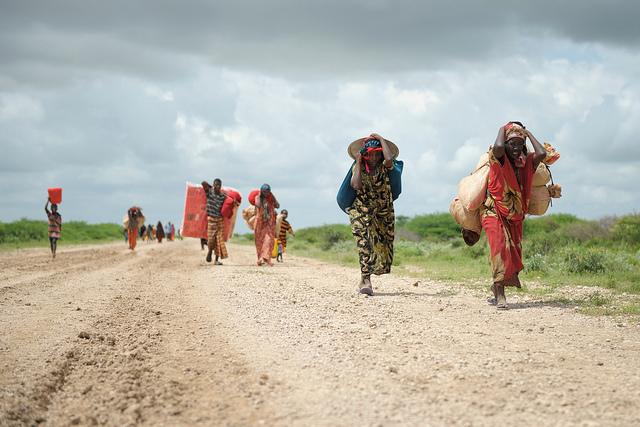
In East Africa in 2011, significant funding for the international aid response did not come until July, more than a year after the first warnings were issued and only after the United Nations officially declared a famine. The result was 260,000 dead — more than half of them children under the age of five. Donors also ended up spending three times more because they failed to intervene early, according to a report released by Oxfam and Save The Children in 2012.
“If we’ve learned anything from the devastation of the 2011 famine, it’s that early-warning signs must lead to immediate action,” Bukar Tijani, FAO assistant director-general and regional representative for Africa, said in the agency’s recent appeal. “We know from experience that quick responses to early warnings are crucial to prevent disaster and are less costly than emergency responses to full-blown humanitarian crisis.”
Somalia and Sahel Forgotten by Funders
In Somalia, some aid programs have closed down due to a lack of funding, according to Oxfam’s Teofilo. The United Nations and aid organizations like Oxfam have been warning since this summer that the region is slipping back into crisis. In August, the U.N. provided $US 20 million from its Central Emergency Fund as a stopgap measure to keep relief programs running. The U.N. called Somalia and Africa’s Sahel region two of the most underfunded emergencies in the world.
“[These are] regions that were front-page news just two years ago and could fall back into crisis if we don’t help now,” U.N. emergency relief coordinator Valarie Amos said in a statement at the time.
–Geno Teofilo, spokesperson
Oxfam
Funding for humanitarian aid globally is at its highest level in the 14 years of records kept by the Financial Tracking Service of the United Nations Office for the Coordination of Humanitarian Affairs. The world has pledged $US 16.6 billion this year, more than eight times the amount spent in 2000, according to the FTS. Nonetheless, less than half of the $US 8 billion asked for in aid appeals — requests for money to respond to specific crises — has been funded.
The need for aid can be verified by a new generation of high-tech monitoring tools and early-warning systems — programs such as FEWSNET, which draws on 20 field offices, U.S. and foreign government science agencies, and nongovernmental organizations to create its reports about 35 different countries. Similarly, the Food Security Nutrition Analysis Unit, created in 1994 by the World Food Programme, tracks food security within Somalia. But even these tools must be backed by financial power.
“Through agencies like the Food Security Nutrition Analysis Unit (FSNAU) and FEWSNET, the technology and research capacity is there for East Africa today, to predict droughts and monitor food shortages,” Teofilo said. “But funding is hard to come by to respond sufficiently to droughts, as food shortages in parts of Africa are commonplace. And with many different conflicts and crises in the world, there is not enough funding to go around.”
“Some major media will not cover a food crisis, until it becomes a famine,” he continued. “When famine is declared, donor countries and agencies will make more funding available to help, but by that time it will be too late for many people, as thousands of people will have already died by that time.”
The FAO is assisting 210,000 people in Somalia with cash-for-work programs, fishing and agricultural inputs like seeds, and vaccinations for livestock that help the animals better fight diseases after being exposed to prolonged drought. The agency hopes to expand its response to reach 350,000 people.
Meanwhile, Oxfam is currently operating programs to provide water and sanitation, food for malnourished children, support for agriculture with seeds and water infrastructure, direct cash relief for families, and rural finance support for women, according to Teofilo. Improving community resiliency by expanding water infrastructure and the availability of drought-resistant crops is also essential to preventing future crises, he added.
A news correspondent for Circle of Blue based out of Hawaii. She writes The Stream, Circle of Blue’s daily digest of international water news trends. Her interests include food security, ecology and the Great Lakes.
Contact Codi Kozacek



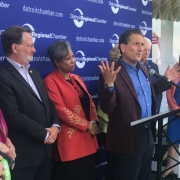

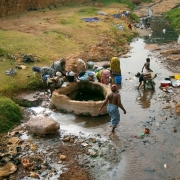

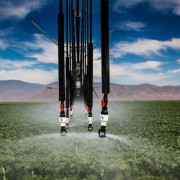


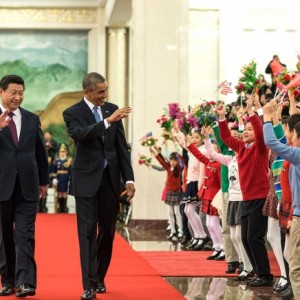
Leave a Reply
Want to join the discussion?Feel free to contribute!